China Ceramic Museum
The China Ceramic Museum is located in the Cultural Square in the center of Zibo City. On the basis of Zibo Exhibition Hall in April 2001, it was transformed by large-scale investment. It was designed by the Academy of Fine Arts of Tsinghua University. It is a comprehensive modern ceramics museum which integrates exhibition, exhibition, collection, research, sales and social education.
Introduction to Ceramic Museum
Ceramics is the symbol of Chinese civilization. China is the home of ceramics. With its unique charm, Chinese ceramics have spread far and wide and become a bright pearl in the treasure house of world culture and art. The China Ceramic Museum was established with the approval of the relevant state departments. It was carefully designed by Tsinghua University. It covers a total area of 10,000 square meters. It is divided into two parts: display and marketing. The exhibition includes preface hall, comprehensive hall, ancient hall, modern hall, folk hall, high-tech hall, international hall, ceramics hall and high-tech ceramics. It comprehensively displays ceramic relics of various historical periods and Masters'ceramic art works of various ceramics producing areas in China, totaling more than 10,000 pieces (sets). Among them: more than 500 ancient exhibits, focusing on the display of 8000 years, Zibo production, Zibo unearthed and Zibo collection of various ceramic cultural relics. More than 9500 pieces of modern exhibits, including more than 120 representative works of 48 contemporary Chinese arts and crafts masters and 35 Chinese ceramics masters, more than 500 works of art of 50 provincial masters and more than 500 works of art of famous ceramics countries and regions such as the United States, Britain, Canada, Australia, Finland, Japan, Korea, Taiwan, Hong Kong and so on. The business part is mainly composed of the Ceramic Business Department, Ceramic Gift Center and Leisure Ceramic Bar. In the leisure pottery bar, visitors can make pottery on site and enjoy the fun of pottery creation. Entering the Ministry of Ceramic Art Management, we can get a panoramic view of the fine ceramics in the ceramics producing areas all over the country.
Since its opening in September 2002, the China Ceramic Museum has won more and more attention from tourists both at home and abroad for its profound cultural connotation and unique artistic charm. It has received more than 2 million visitors, including Jiang Zemin, Huangju, Wu Guanzheng, Li Tieying, Jiang Chunyun and other party and state leaders, from colleges and universities, as well as primary and secondary school students. It has become the preferred cultural tourist attraction for Zi tourists. One of them is designated by the State Tourism Administration as a national AAAA-level tourist attraction and a national industrial tourism demonstration site.
The exhibition area of China Ceramic Museum is more than 4000 square meters. It shows more than 2500 sets of fine ceramics unearthed, produced and collected in Zibo since the post-Li culture of the Neolithic Age over 8000 years ago, of which 249 are ancient exhibits. The exhibition hall is divided into seven parts: preface area, comprehensive exhibition area, ancient and modern exhibition area, modern exhibition area, Ceramics Creation area, ceramics sales area and exhibition area of Chinese and foreign ceramics Masters'works. Modern exhibits are classified into architectural ceramics, garden art ceramics, sanitary ceramics, household ceramics, art ceramics, modern ceramics, engraved ceramics and high-tech ceramics according to their different uses and artistic styles, showing the highest artistic level and development achievements of Zibo ceramics. Ceramics is the symbol of Chinese culture.
Zibo is the birthplace of Qi culture and one of the five major ceramic producing areas in China. Ceramic production has a long history and plays an important role in China. According to historical records and archaeological excavations, the production of ceramics began in Zibo area as early as the "post-Li culture" period 8,000 years ago. At the beginning of the Western Zhou Dynasty, Qi set up a special "Taozheng" official to manage the production of pottery, and set up a Pottery Workshop in the city of Qidu to specialize in the production of pottery. Around the Wei, Jin, Southern and Northern Dynasties, the production of ceramics in Zibo completed the transition from ceramics to ceramics. During the Tang and Song Dynasties, ceramic production techniques became more and more sophisticated and its scale was expanding.
Visiting the China Ceramics Museum, you will have a deep understanding of the splendid culture of Zibo ceramics for more than 8000 years and the latest development achievements of Zibo ceramics. The understanding of the long history and civilization of the Chinese nation will also be sublimated qualitatively. With the expansion of kiln sites, Zibo has gradually formed its own characteristics and produced a number of influential ceramics, such as celadon, black glaze of Cicun kiln, twisted tires of Boshan kiln and colored porcelain. During the Ming and Qing Dynasties, Zibo ceramics products were of heavy shape, unique decoration and prosperous production and marketing, forming a ceramics production and marketing center represented by Boshan. After the founding of New China, Zibo ceramics, on the basis of inheriting and developing traditional techniques, based on local resources and exploiting and innovating, have developed new kinds of ceramics such as talc, feldspar, quartz and bone. The art of engraving ceramics is unique and has formed a new feature of Zibo ceramics. Daily-used ceramics, art ceramics, industrial ceramics and architectural ceramics have developed in phase. It has been exported to more than 70 countries and regions in the world and has made due contributions to the development of ceramic production technology and ceramic art in China.
The China Ceramic Museum is located in the Cultural Square in the center of Zibo City. It is a comprehensive modern ceramics museum integrating display, exhibition, collection, research, sales and social education.
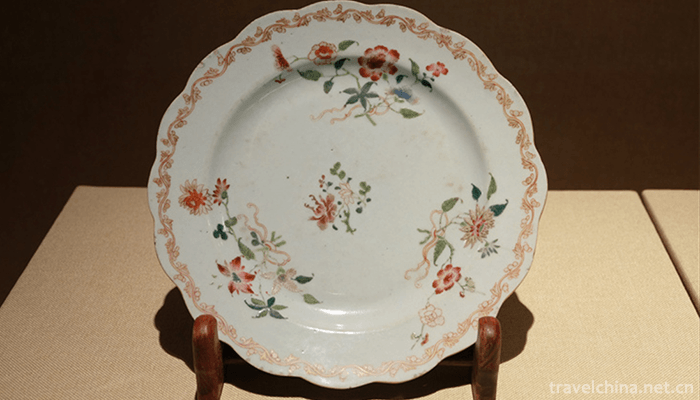

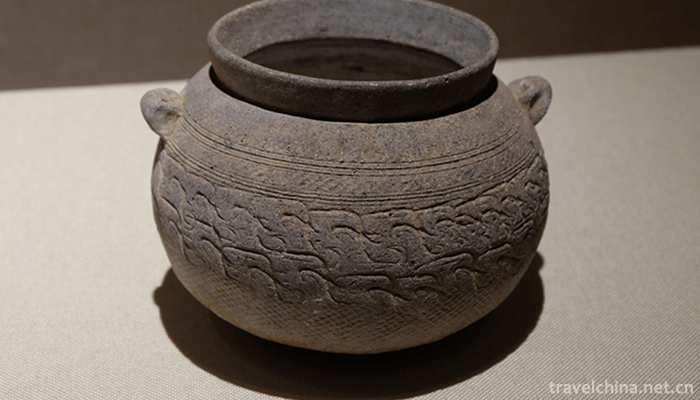
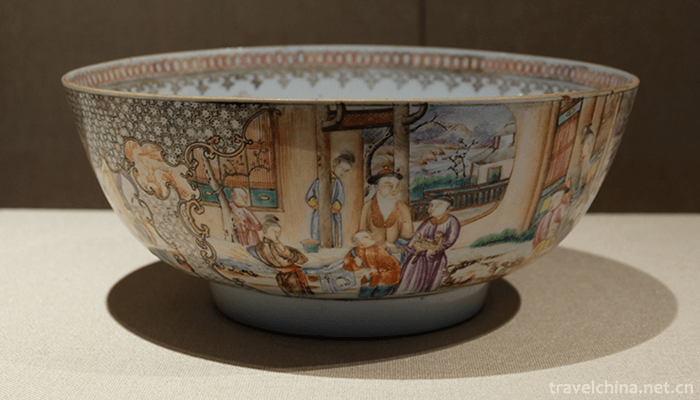

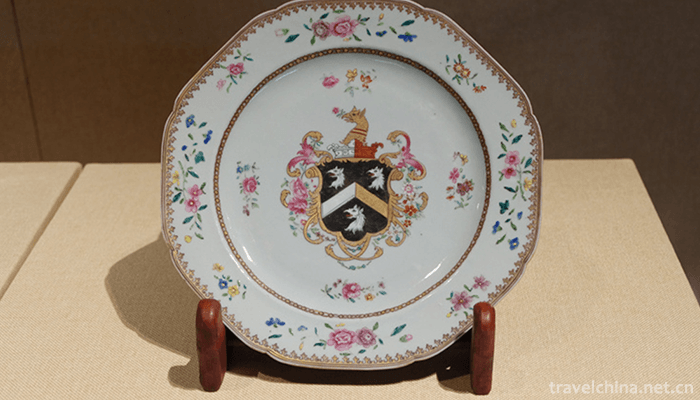
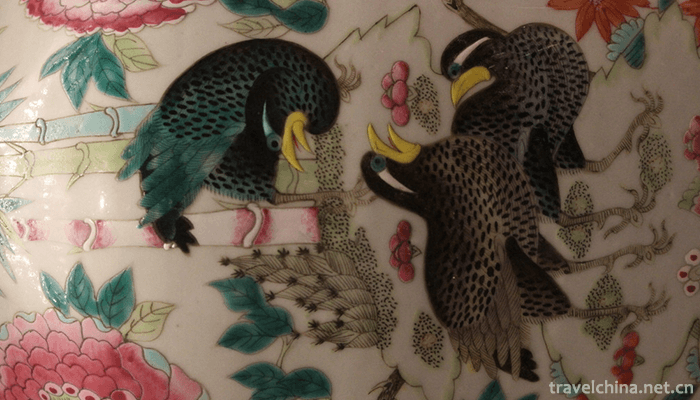
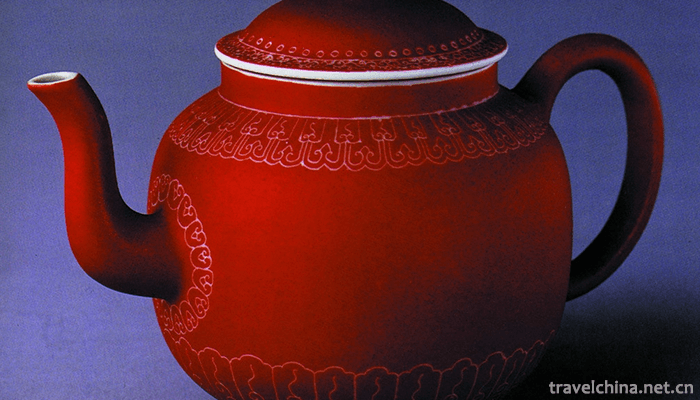
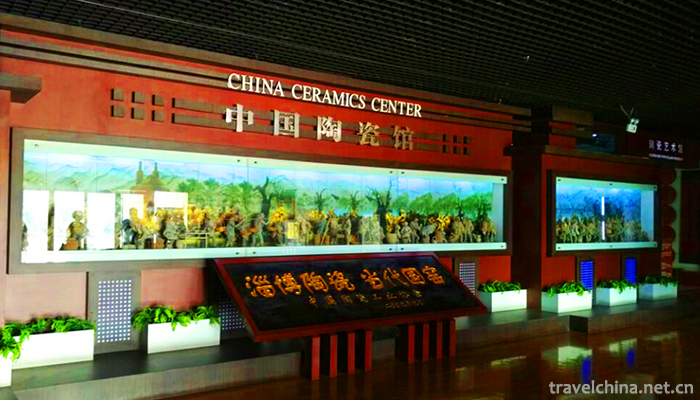
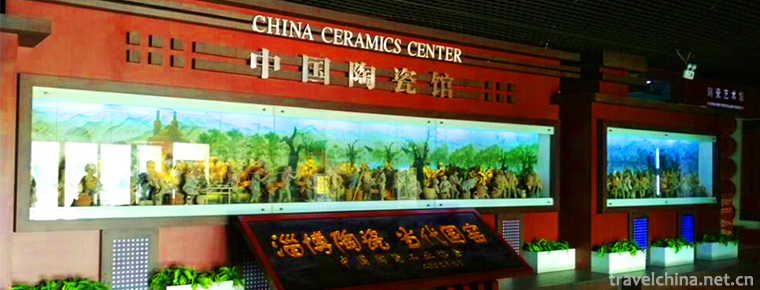
-
1.Gold medal suckling pig
Roasted Suckling Pig. Characteristic: It has won the "Golden Ding Award" by the national commercial department. It is a precious Cantonese dish at the banquet.
Time 2018-11-14 -
2.Water Margin City Scenic Area of the Three Kingdoms
The Wuxi Film and Television Base of CCTV is the first large-scale film and television shooting and tourism base in China. Founded in 1987, it is the first theme park in China that combines film and t
Time 2018-12-18 -
3.Bassoon ba song cuo
Basongtao, also known as Caogao Lake, means "green water" in Tibetan. It is about 18 kilometers long. Its surface area is about 27 square kilometers.
Time 2019-01-02 -
4.Nanwan Lake Scenic Area
Nanwan Lake, also known as Nanhu Lake, is located in Xinyang City, Henan Province. It is known as the "Pearl of South Henan" and is a famous natural scenic spot of Nanwan Lake. All around th
Time 2019-02-07 -
5.The technical skill of penjing
Bonsai art refers to the Soviet bonsai art, which originated in the Tang Dynasty, flourished in the Ming Dynasty, matured in the Qing Dynasty, and developed in modern times. Since the 1980s, Suzhou Bo
Time 2019-06-09 -
6.Four Seasons Production Adjustment
Four seasons production tune includes five units: introduction, winter, spring, summer and autumn. The introduction emphasizes the significance of the four-season production tune inherited by the ance
Time 2019-06-16 -
7.Childrens play
Tongzi Opera is a form of performance in folk prayer activities in Jiangsu Province. It is popular in Nantong City of Jiangsu Province and in the central and western parts of Tongzhou City and its sur
Time 2019-06-23 -
8.Advertising for rent
There are six advertising spaces for each article, first come, first served.
Time 2019-08-30 -
9.Cao Tiancheng
Cao Tian Cheng, Sui Dynasty people. According to the history of Sui Dynasty in the twenty four histories, Cao Tian is also known as "Tiancheng". Ask for advice Bo Yang, Jiangxi. At the end o
Time 2019-09-14 -
10.Longtan Karst Cave Scenic Spot
Longtan Karst Cave Scenic Area is located at the foot of longcuban mountain, Miyi Baima Town, Panzhihua City, Sichuan Province, with an altitude of 1500 meters. It is a provincial-level scenic spot and a national AA level tourist area.
Time 2020-10-15 -
11.Ding Zhens voice is on the rise and the tiktok of Ganzi Sichuan has doubled
In November 11th CCTV news and Oriental tiktok were put on a short video of the tremble. Ding Zhen, the "sweet boy" in the video, triggered a phenomenal network event with a transmission volume of more than 5 billion times. At the same time, Ding Zhen also became the propaganda Ambassador of his hometown Litang County, driving the search volume of "Litang" to soar by 620%.
Time 2020-12-07 -
12.Geographical environment of Guangyuan
Guangyuan City is located in the north of Sichuan Province. Its geographical coordinates are 31 ° 31 ′ n to 32 ° 56 ′ N and 104 ° 36 ′ e to 106 ° 45 ′ E. in the north, it borders Wudu County, Wen County, Ningqiang County and Nanzheng County of Shaanxi
Time 2020-12-15